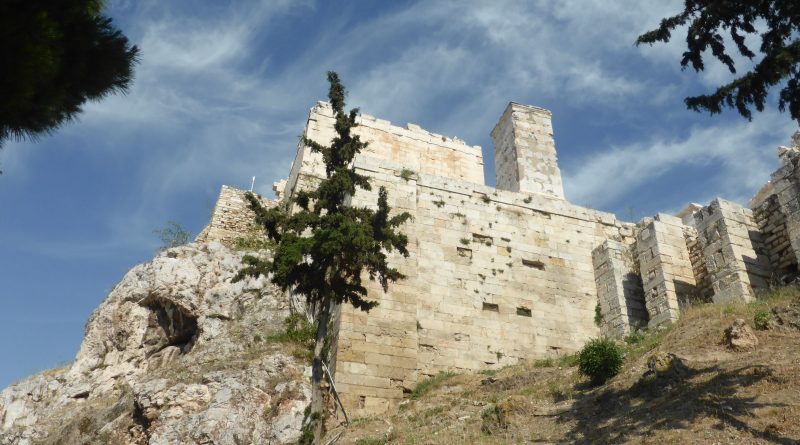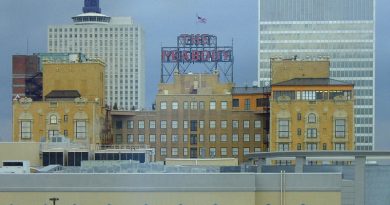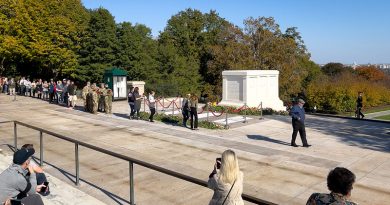The Acropolis
This ancient citadel sits high above the modern capital of Athens on a rocky outcrop. Hence the name – ‘acropolis’, which roughly translates as ‘the highest point in the city’.
Rebuilt after being destroyed by the Persians when they occupied the city , it dates back to the 5th century BC and was the pre-eminent sanctuary in Athens for many centuries.
Within the site there are numerous ruins of great historic significance including the Parthenon (a former temple dedicated to the goddess Athena) and the Theatre of Dionysus. The Acropolis is, in fact, the most complete ancient Greek monumental complex still in existence today.
With it’s frieze celebrating the Greek victory over the Persians, the tiny Temple of Athena Nike flanks the entrance to the Acropolis – a monumental gateway termed the Propylaea.
East of the entrance and north of the Parthenon is the temple known as the Erechtheum, dedicated to both the gods Athena and Poseidon. It’s south side is dominated by the famous porch of the maidens.
The roof is supported by six female figures. These are the famous caryatids’, maidens(korai) and its thought the porch constitutes the overground part of the tomb of the mythical king of Athens.
In the early 19th century Britains’s Lord Elgin removed one of the caryatids which is now in the British museum.
The caryatids hairdress is elaborate with a thick braid hanging down the backhand curls down the side of the neck and over the breast. The figures wear a long garment open on one side and a folded himation secured on the shoulders and hanging down the back
Many statues of young women, known as korai, were found at the Acropolis .They show an unusual array of size, clothing and style -most are of a young girl standing , frontal pose, holding an offering for the goddess and were dedications in sanctuaries.
On the slopes of the sacred rock of the Acropolis numerous other sanctuaries would spring up.
Here the most ancient Greek theatre was established- the Theatre of Dionysos, where the plays of the great dramatists were preformed.The first row of seats comprised 67 inscribed marble thrones with the titles of the official for whom the seat was intended.
At the centre of the Acropolis is the Parthenon or Temple of Athena Parthenos (Athena the Virgin), considered the most perfect Doric temple in classic antiquity, built between 447 and 438 BC.




